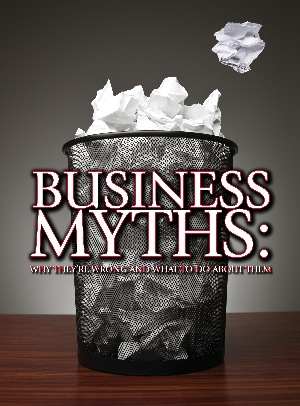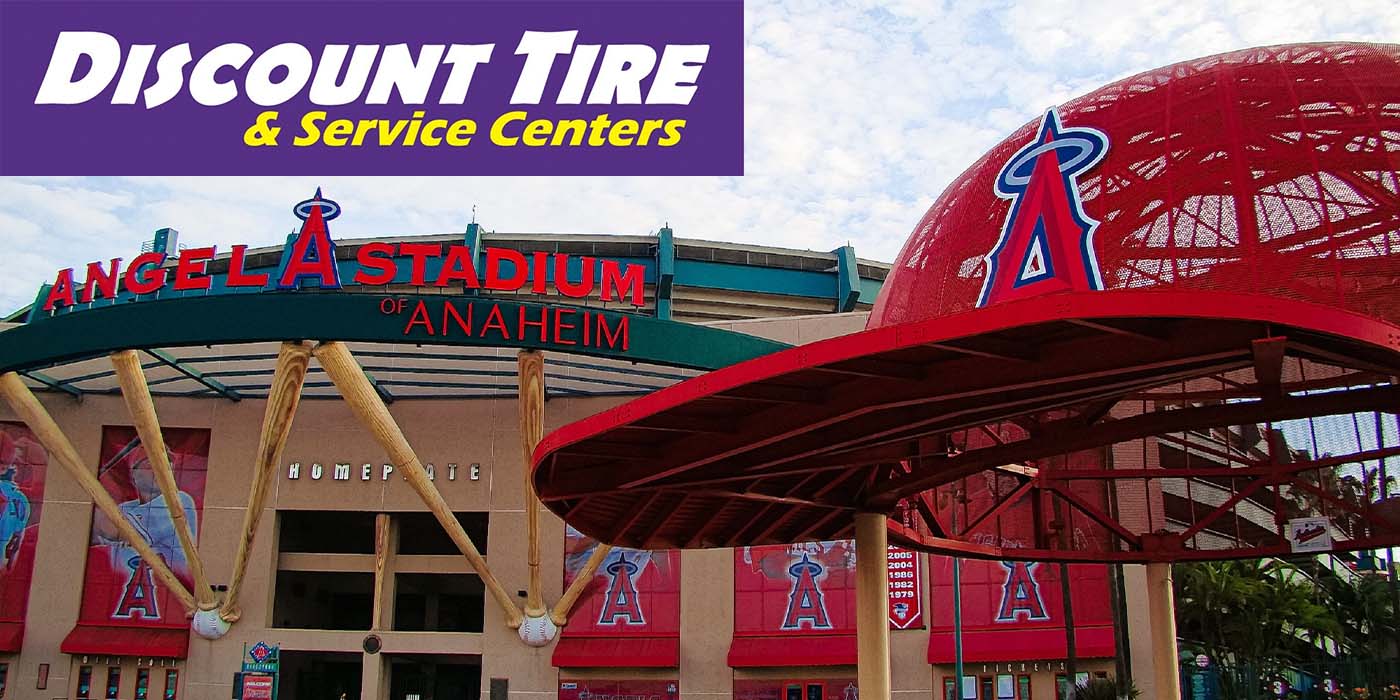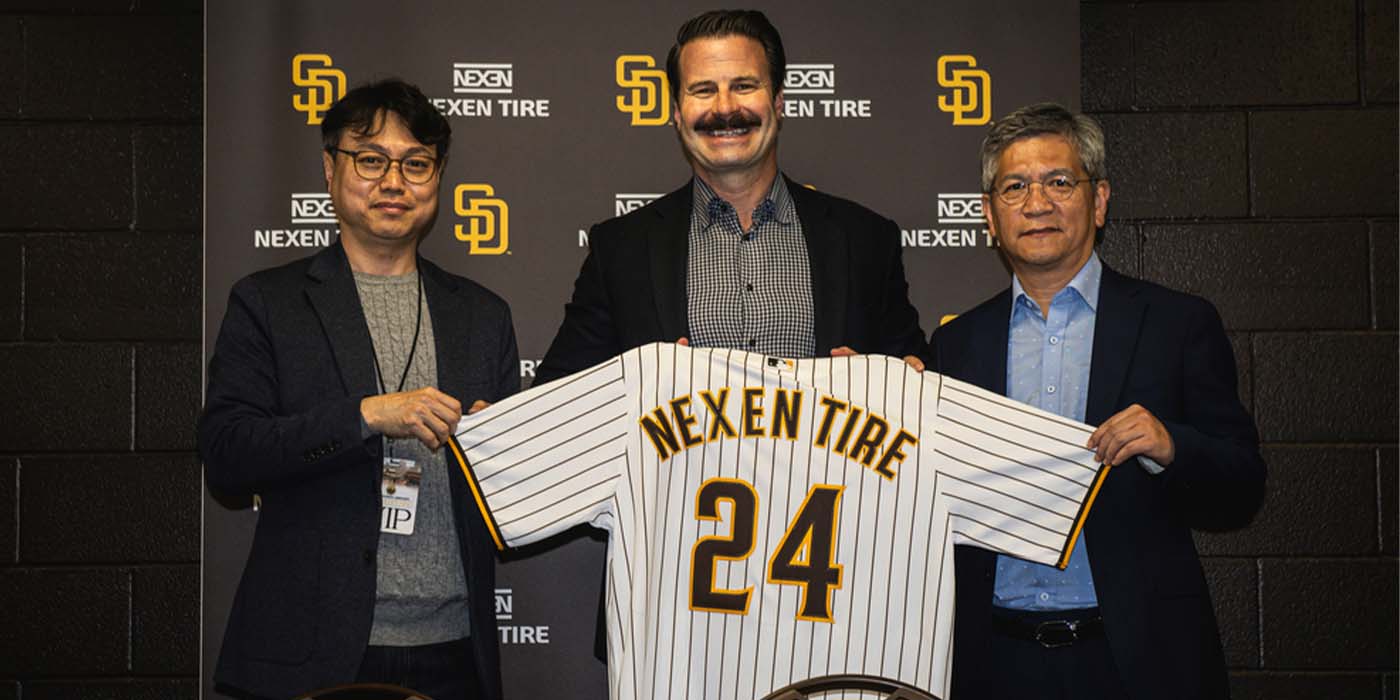What if we are wrong? What if our most deeply held beliefs about managing tire dealerships are at best misguided and at worst a complete waste of time and money?
What if:
• More door swings didn’t lead to more sales?
• Commissions didn’t really drive sales performance?
• Following up with customers made them like you less?
• Dealer training programs would almost always fail?
• The best dealerships didn’t have the best people?
• Add-ons didn’t optimize profitability, but rather encouraged customer resentment?
What if for all these years, the largest impediment to our success was actually our inability to discover what produces results? What if the obvious isn’t? Instead of using conventional wisdom and flawed models resulting in hyper price competition, what if we changed course? What if we looked honestly at what works, what doesn’t and what’s best for our business?
Remember when people used to actually believe that you “Win on Sunday, sell on Monday”? There are risks in raising these issues. We can think of at least three dealer principals right now who would run us out of town for suggesting that racing may be a complete waste of money, but if we can dispassionately look at these issues, might we just find aspects we can improve?
You’ve worked hard. More hours and more effort isn’t the answer. What if you could use available resources (right now, today) to work smarter?
Challenge Basic Assumptions
In 1987, moved by Tom Peters’ book In Search of Excellence, Southland, 7-Eleven’s parent company, launched a huge customer service initiative. The initiative was designed to get every clerk in every store in North America to offer a greeting, a smile, eye contact and a heartfelt “thanks” to every customer. After all, that has to have a positive impact on business, right? Good fun, but was the effort worth it?
Afterward, researchers tried to link courtesy to sales in 7-Eleven stores. In a 10-week experiment, greetings at a group of 7-Eleven stores increased from 33% to 58%, and smiles went from 32% to 49%.
But sales were actually higher at less courteous stores! Why? Convenience store customers don’t care about fake smiles or perfunctory greetings. Convenience store customers want to get out of the store fast.
Had they taken the time to find and use evidence, Southland could have saved millions of dollars and untold effort. They could’ve taken the time to simply focus on what their customers actually wanted. This is just one of the cases cited in the book Hard Facts, Dangerous Half-Truths and Total Nonsense: Profiting from Evidence-Based Management, written by Stanford professors Jeffery Pfeffer and Robert Sutton.
There are examples of this sort of conventional wisdom in many other industries. Take a motorcycle dealer in the mid-Atlantic region. The dealer spent untold dollars and effort for years producing direct mail campaigns to support open house efforts.
On the surface, the efforts appear to have paid off. There were customers everywhere. Who wouldn’t think these efforts were worth it? Apparently, this analytics-driven dealer didn’t, because he discovered that on these event days, the dealership actually sold less! Sales of major units were down, high dollar accessory sales were off, and to top it all off, the store had to pay for food, entertainment and other event expenditures.
But couldn’t the event have stimulated residual sales? Might customers have come back later as a result of their positive interaction at the promotional event and spent money? Of course, anything is possible, but you have to ask yourself: Is that correlation evidence enough to continue spending time, money and effort on these types of initiatives, or might there be a better return elsewhere?
The Solution
It is time to smash conventional business wisdom; it’s time for new business insights; and it’s time to test our assumptions. It’s time to stop doing business by accident. We believe the path to Peak Dealership Performance can be found in the coordinated use of customer intelligence, business intelligence and evidence-based management.
Data and Diapers
Walmart is well-known for its use of data. When analyzing purchases, managers noticed a correlation between those who purchased diapers and those who purchased pre-paid calling cards. They discovered young mothers have a strong maternal urge to stay in touch with friends and family during the earliest stages of their children’s lives.
So the merchandisers put end cap displays of pre-paid phone cards near the diapers to make it easier for these shoppers. They tested this in a few stores, received positive results and then rolled it out to other locations. This is our objective – using data correlations and your insight to do better business.
To replicate this in your store, the first thing you need is real-time business intelligence. The key to success, of course, is the immediacy and utility of the information, and doing the analysis to spot trends and opportunities.
The team at Retail Systems Research believes actionable information from real-time business intelligence is critical to drive success. Retailers have come to understand this process is important and are moving from a “whatever it takes” mode to something more engineered: a process driven by actionable information.
Closing the loop between operational systems and business intelligence is important because the “lag time to action” is getting shorter all the time. Retailers believe the potential of real-time or near-real-time business intelligence is enormous, but they recognize they have a long way to go in realizing that potential.
Below are guidelines you can follow to gather and capitalize on this intelligence.
Unit Data: Track all unit activity at your dealership, both new and used. Typically, you’ll want to view these sales in terms of month-to-date numbers and year-to-date numbers. Also, year-over-year comparisons are helpful. You’ll want to review unit sales, gross dollars and gross profit.
Consider tracking store transfers (if you have multiple locations), inter-dealer transfers (those where you sell inventory to another dealer) and total number of retail deals, too. Breaking down the margin and dollar information into a per-unit expression can be useful. Next, track the number of days units spend in your inventory, whether it is your retail store or off-site warehouse. This is helpful in understanding your real costs, and can help guide attempts to accelerate sales.
Warranties: Some tire dealers offer extended tire or service warranties and road hazard warranties, which we all know can be a great source of revenue. These numbers should be analyzed both month-to-date and year-to-date for a more complete understanding of the business. Any in-house contests or promotions also should be monitored to see how these activities impact warranty sales.
Accessories & Misc.: Wiper blades, batteries, hitches, waxes and polishes, maps, GPS units and cell phones – some dealers offer a wide range of accessories. Again, sales and margins here need to be assessed on a weekly, monthly and annualized basis. Look, too, at how sales flow through the year so that you can better take advantage of seasonal hot spots. It’s preferable to look at accessory business separately and in total. Metrics for these areas could include such things as gross sales/net sales, total dollars discounted, total number of invoices, invoice dollars/profit dollars, number of daily invoices, average daily sales, and the percentages of Internet, wholesale, employee and dealer-to-dealer sales.
Service Metrics: Typical service metrics include both year-to-date and month-to-date figures for labor hours, labor dollars and service parts revenue. Also, year-to-date repair order (RO), daily RO, daily labor hours, daily labor dollars and accessory dollars per RO are good metrics to track.
Comparison Composites: Most of the examples we’ve given to this point measure your dealership’s individual performance. A comparative composite can tell you how you are doing relative to other dealers (normative).
Performance to Plan: The crown jewel of business metrics is performance to plan. This assumes A) You have a plan, and B) You are tracking your plan’s progress. If you can predict trends, you will be in an even more informed position.
Unfortunately, tracking these metrics is not easy; designing this information is tricky, running the reports is laborious and compiling the reports seems to require a very, very large conference table. And by the time you have it organized, the information is old and out-of-date. Yet, any data is better than no data, and at the same time retailing is about immediacy. We need to understand our current performance today so we can take action tomorrow.
The next piece of the puzzle is customer intelligence. Customer intelligence is information about customers and their purchases that helps us understand and guide consumer behavior, increasing their interaction and loyalty to our dealership.
Following are the “Five Ws of Customer Intelligence.”
• Who bought: based on demographics (age, gender, residence, profession) and psychographics (customers’ key motivators)
• Car-o-graphics: what they drive, how they drive, where they drive
• How we can stay in touch with them: cell phone number and e-mail address
• What products did they buy, when did they buy (month, day, year, weekend or weekday), and why did they buy (need, want, whim)?
• Where did they buy (in-store, online, by phone)?
There are important and obvious (and not-so-obvious) insights that can be made from this customer intelligence.
One obvious example is that seeing service labor dollars falling allows you a chance to target 25,000 mileage customers for 30,000-mile service.
A less obvious observation could be realizing customers from a given Zip Code have certain buying tendencies.
Crucial to becoming a peak performing dealership is knowing who your customers are, as well as when, where and what they buy. Understanding why and how they buy just might put you in the stratosphere of high performing dealerships.
For many, the mind reels when debating the endless marketing and business opportunities for the customer intelligence suggested. The challenge, of course, is knowing how to obtain and organize this information. Really progressive retailers use reward programs to capture this information and as profit centers.
Evidence-Based Management
To improve, you should be using better, deeper logic and employing facts to the extent possible to permit leaders to do their jobs better. This is based on the belief that facing hard facts about what works and what doesn’t will help your dealership perform better now and in the future.
Is this really a new idea? Aren’t we already practicing evidence-based management?
Unfortunately, in most instances, the answer to that question is no. People do what they’ve always done. When we believe something is true, we look for information to support it. And when you don’t believe something, almost no amount of evidence can get you to change your mind. That’s what makes the execution of this idea so daunting and not for the weak at heart.
In an interview from CIO Insight, Robert Sutton, one of the authors of the book Hard Facts, talks about why managers don’t often look for contrary information.
Sutton writes, “There’s a whole term for it called ‘escalating commitment to a failing course of action.’ If you look at the conditions under which it happens, a lot of times managers make a public commitment to a course of action and spend a lot of resources. They mobilize a whole base of support around it, and their medium-term financial well-being is dependent on it.
“At that point it’s very hard to pull the plug and to convince others they should do so. The thing to do is to build in organizational checks and balances so you’re allowed to question things and allowed to fight such projects.”
You can probably name several examples of an “escalating commitment to a failing course of action” within your dealership. So how do we develop our thinking and subsequently make decisions?
Where do we come up with notions like “racing is a great promotional tool,” or “commissions are the only way to drive salespeople”?
Sometimes we get an idea from a book or an article that we’ve read, or we hear someone in our dealer association or our 20-group suggest it. Occasionally we take the advice of a consultant. Sometimes we take actions based largely on fear (we have to discount; if not, customers won’t buy) or from the actions of our peers (everyone is discounting; we should too).
Still, on other occasions we let hope rule the day; we hire a superstar and cross our fingers they will get us out of a jam. Or we develop an opinion based on perceived expertise (“We have a couple of car guys in our 20-group, and they say…”).
I’m not saying these are not great places to develop ideas for various performance interventions. I’m simply proposing you don’t accept them as gospel until you have tested your execution or interpretation of an idea for a policy or program.
Crash Course in Research
Here’s a basic approach to understanding how you can conduct organizational testing and thereby start your journey to practicing evidence-based dealership management.
Hold X Constant and Change Y: This is the heart of scientific testing. You hold as much constant as possible and then change just one thing at a time and measure its impact. Then you can try different variations of Y. For example, keep everything about your sales process the same (keeping X constant) and then try adding a gift (Y) immediately prior to presenting the work order. Then you could change the variable (Y) by giving something else like a commemorative coin immediately prior to presenting the work order. Or, you could try gifting a nice dealership key fob, which, of course, would change your variable (Y) for a third time. You can probably come up with other variables.
Cause and Effect: Processes describe how something happens. Cause and effect links situations and events together. But causality involves more than sequence. Cause-and-effect analysis explains why something happened or is happening, and it predicts what probably will happen. Many causes can create a single effect, and a singular cause can create multiple effects. There also are main causes and contributory causes. As you look at your dealership information, ask yourself if you are looking at the cause or the effect of the situation.
Quantitative vs. Qualitative: There is always an ongoing discussion as to which is more valuable – quantitative information (that which can be counted) or qualitative information (descriptions of experiences or events). A real drawback of qualitative data not captured immediately is recollection; what we remember often isn’t what happened. Regardless, both are valuable to practicing evidence-based dealership management. For us, Einstein ends the discussion: “Not everything that can be counted counts and not everything that counts can be counted.” The problem with both forms of analysis is that we often are seeing what we want to believe. This is an inherent characteristic of the human condition.
The Hawthorne Effect: This effect states that people who realize they are being studied as part of an experiment improve their performance. People are more likely to step it up a few notches when they know someone is looking over their shoulder. The danger here is that you could skew any test results simply by testing. Employees who are aware that they are being studied are much more likely to perform at a higher level; their performance could improve due to the Hawthorne effect and not due to the variable you are testing.
Statistical Significance vs. Validity: Statistical significance asks if we tested enough people; statistical validity says can we trust the result of the test.
Strange Sample: This occurs when the population you test or query is somehow skewed. It’s akin to wanting to know if service managers should be one of the highest paid people in the dealership and only asking your sales managers. This would constitute a strange sample.
At the end of the day when it comes to research, you can always question something. However, we should do our testing, narrow the possibilities and armed with the facts you have make an intuitive leap. At this point, an objective third party can often help you connect the dots.
As you can see, some of the beliefs – the myths – that we hold dearest may, in fact, be false and may be leading your business down a dangerous path. Good old conventional wisdom and flawed models – those things we swear to be true even though we have never tested them – are as dangerous to business success as a total lack of product knowledge.
Taking the time to size up your business by capturing and studying your metrics, and using valid research to understand your competition and your customers, will put those myths to rest and move you closer to peak performance.
An award-winning author, top-rated trainer and founder of Peak Dealership Performance, Mark Rodgers holds a master’s degree in adult education and the National Speakers Association Certified Speaking Professional designation. For more information, contact Rodgers at [email protected].













